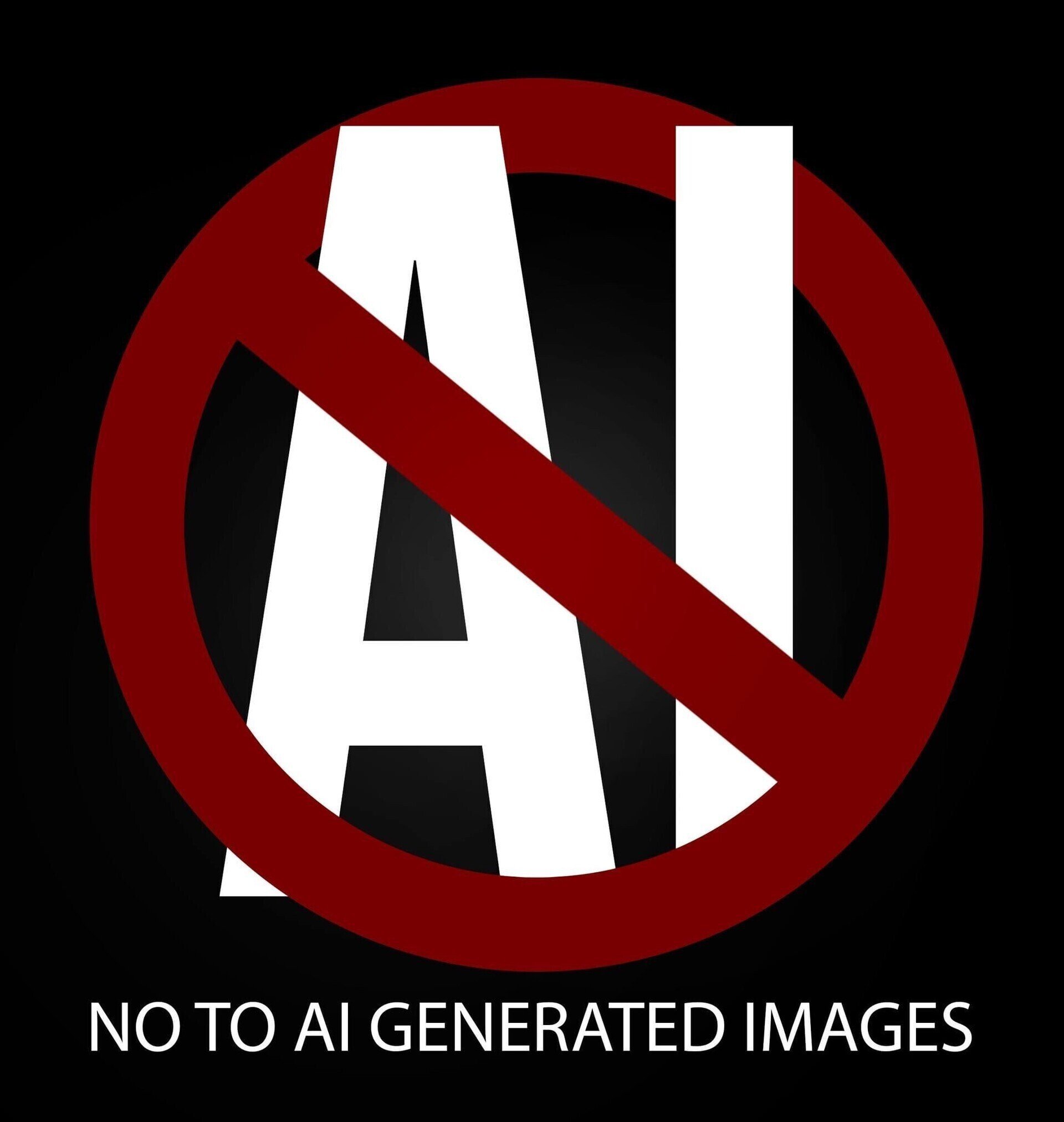
It probably depends on the batteries, battery market, and repair market. We don’t really expect batteries to last a decade. The repairability of these tools is a concern.
Meanwhile, it’s pretty common to repair gas tools. Sometimes from multiple broken ones. Powering the gas tools is similarly simple. None of it requires a company to continue to develop their proprietary product to run.
This is an industry and a market that has been around for decades. I suspect the limited part supply and limited repairability of the electric tools is going to limit their practical lifetime compared to the existing ones on the market.












You’re not wrong.
Realistically, there’s a bit of a nuance. Many modern web apps have different components that aren’t HTML. You don’t need HTML for a component. And those non-HTML components can provide the consistency they need. Sometimes, that’s consistency for how to get the data. Sometimes, that’s consistency for how to display the data. For displaying, each component basically has its own CSS, but it doesn’t need to. A CSS class isn’t required.
Tailwind isn’t meant to be a component system, It’s meant to supplement one. If you’re writing CSS’s components, it looks horrible. If you’re writing components at CSS that needs a foundation of best practices, it works pretty decent. They’re still consistency. They’re still components. They’re just not centered around HTML/CSS anymore. It doesn’t have to be.
Sematically, it is still worse HTML. Realistically, it’s often faster to iterate on, easier to avoid breakage: especially as the project becomes larger. Combine that with the code being more easily copied and pasted. It can be a tough combo to beat. It’s probably just a stepping stone to whatever’s next.